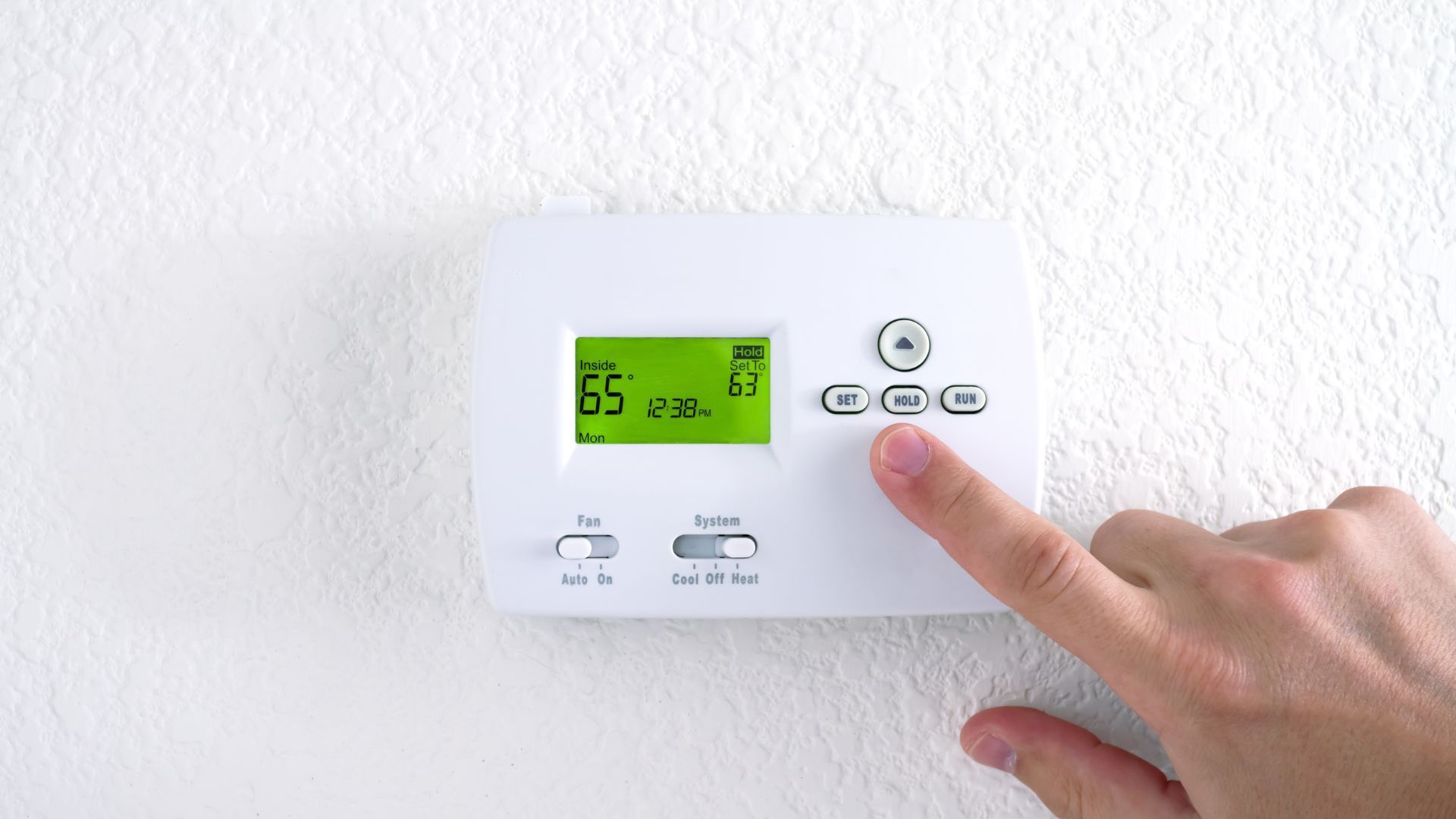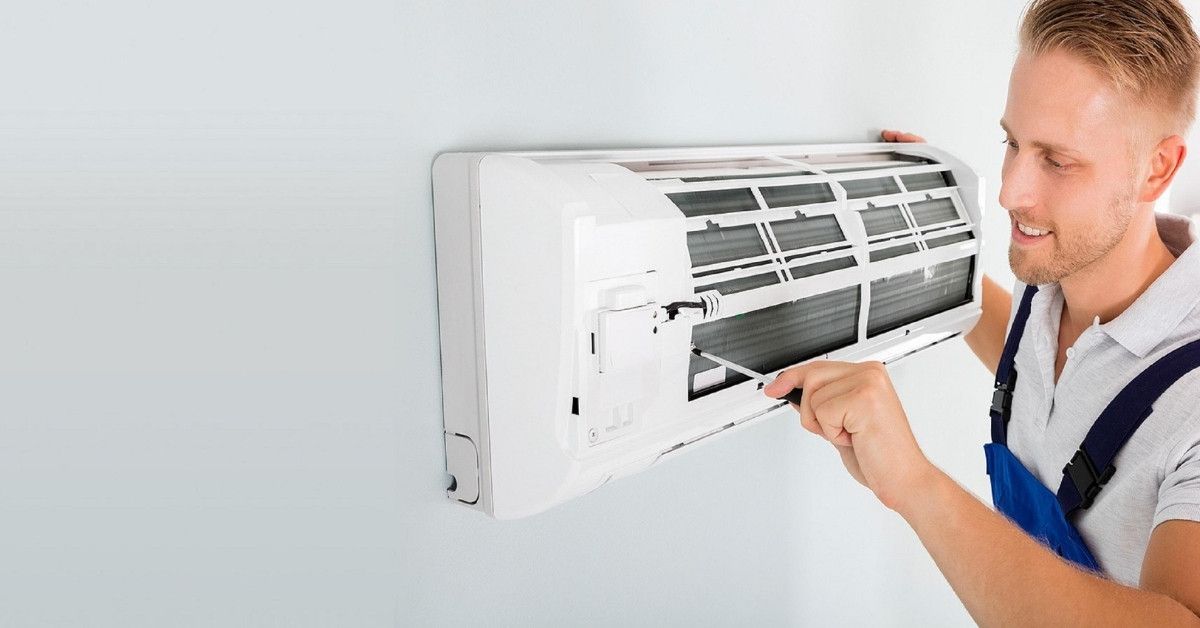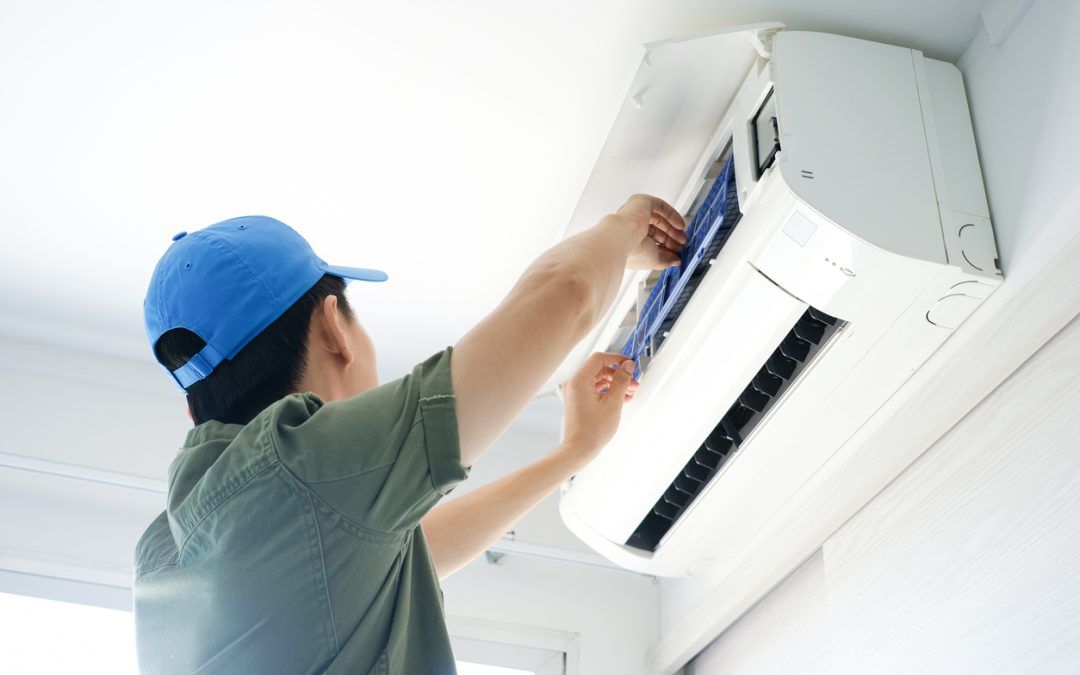Programmable Thermostat: Optimizing Comfort and Energy Efficiency

Are you tired of constantly adjusting your thermostat to maintain a comfortable temperature at home? A programmable thermostat might be the perfect solution. In this article, we will explore the world of programmable thermostats, their benefits, types, installation, programming tips, common features, troubleshooting, maintenance, and more. So, let's dive in and discover how a programmable thermostat can revolutionize your home's heating and cooling system.
What is a Programmable Thermostat?
A programmable thermostat is a smart device that allows you to set temperature schedules based on your preferences and daily routines. It enables you to program different temperature settings for various times of the day or week, ensuring your home is heated or cooled efficiently when needed and saving energy when you're away or asleep.
Benefits of Using a Programmable Thermostat
Using a programmable thermostat offers several advantages. Firstly, it promotes energy savings by automatically adjusting the temperature based on your schedule. This can cause significant reductions in heating and cooling costs. Additionally, programmable thermostats enhance comfort by maintaining a consistent temperature throughout the day. Some models even offer remote control functionality via smartphone apps.
Types of Programmable Thermostats
Programmable thermostats come in different types to suit various needs. The basic types include 7-day, 5+2-day, and 5-1-1-day models. A 7-day programmable thermostat allows for the most flexibility, as you can set different schedules for each day of the week. The 5+2-day model allows for separate weekday and weekend schedules, while the 5-1-1-day model lets you program different schedules for weekdays, Saturday, and Sunday.
How to Choose the Right Programmable Thermostat
When selecting a programmable thermostat, consider factors such as compatibility with your heating and cooling system, ease of use, features like Wi-Fi connectivity, and energy-saving certifications. It's essential to choose a model that aligns with your lifestyle and provides the desired level of automation and convenience.
Installation and Setup of a Programmable Thermostat
Installing a programmable thermostat can be done by following a few simple steps. Start by turning off the power to your heating and cooling system. Then, remove the old thermostat and connect the wires to the corresponding terminals on the programmable thermostat. Finally, mount the thermostat on the wall and set the settings to your preferences.
Programming Tips for Optimal Energy Savings
To maximize energy savings, consider the following programming tips. Set lower temperatures during periods when you're away or asleep, and higher temperatures when you're typically active. Take advantage of the thermostat's scheduling options to create personalized temperature settings for weekdays, weekends, and vacations. Experiment with different settings to find the optimal balance between comfort and energy efficiency.
Common Features of Programmable Thermostats
Programmable thermostats offer a range of features to enhance their functionality. Some common features include:
Multiple programming options
The ability to set different temperature schedules for various times and days.
Smart learning
Some thermostats can learn your preferences and adjust settings automatically.
Remote access
Many programmable thermostats allow you to control and monitor your home's temperature remotely through a smartphone app.
Energy usage tracking
Certain models provide data on energy consumption, helping you monitor and optimize your energy usage.
Geofencing
Thermostats with geofencing capabilities can detect when you leave or return home, adjusting the temperature accordingly.
Integrating a Programmable Thermostat with Smart Homes
In the era of smart homes, programmable thermostats can seamlessly integrate with other smart devices. By connecting your thermostat to a smart home hub or using voice assistants like Amazon Alexa or Google Assistant, you can control your thermostat with voice commands and integrate it into automated routines.
This level of integration adds convenience and further enhances energy savings.
Troubleshooting Common Issues with Programmable Thermostats
While programmable thermostats are generally reliable, occasional issues may arise. Some common problems include incorrect temperature readings, connectivity issues, and programming errors. If you encounter any of these issues, refer to the user manual or contact customer support for guidance on troubleshooting steps.
Maintenance and Care of Programmable Thermostats
Proper maintenance ensures the longevity and optimal performance of your programmable thermostat. Keep the thermostat clean by gently wiping it with a soft cloth. Check batteries regularly and replace as needed. Additionally, perform routine inspections to ensure the thermostat's wiring and connections are secure.
Future Trends in Programmable Thermostats
The world of programmable thermostats continues to evolve, with new trends and innovations emerging. Some exciting developments include:
Artificial intelligence
Advanced algorithms and machine learning capabilities enable thermostats to adapt to your preferences and usage patterns more accurately.
Energy optimization
Thermostats are becoming increasingly efficient at managing energy consumption, helping users reduce their carbon footprint.
Integration with renewable energy sources
Smart thermostats can coordinate with renewable energy systems, such as solar panels, to optimize energy usage and further reduce reliance on non-renewable resources.
Conclusion
A programmable thermostat is a valuable addition to any home, providing comfort, convenience, and energy savings. By automating temperature adjustments, you can create a comfortable living environment while reducing your energy consumption and utility bills. Take the time to choose the right programmable thermostat for your needs, and enjoy the benefits it brings to your home.
Take time to choose wisely`` today. Call us and choose quality thermostats in London, Ontario now!









